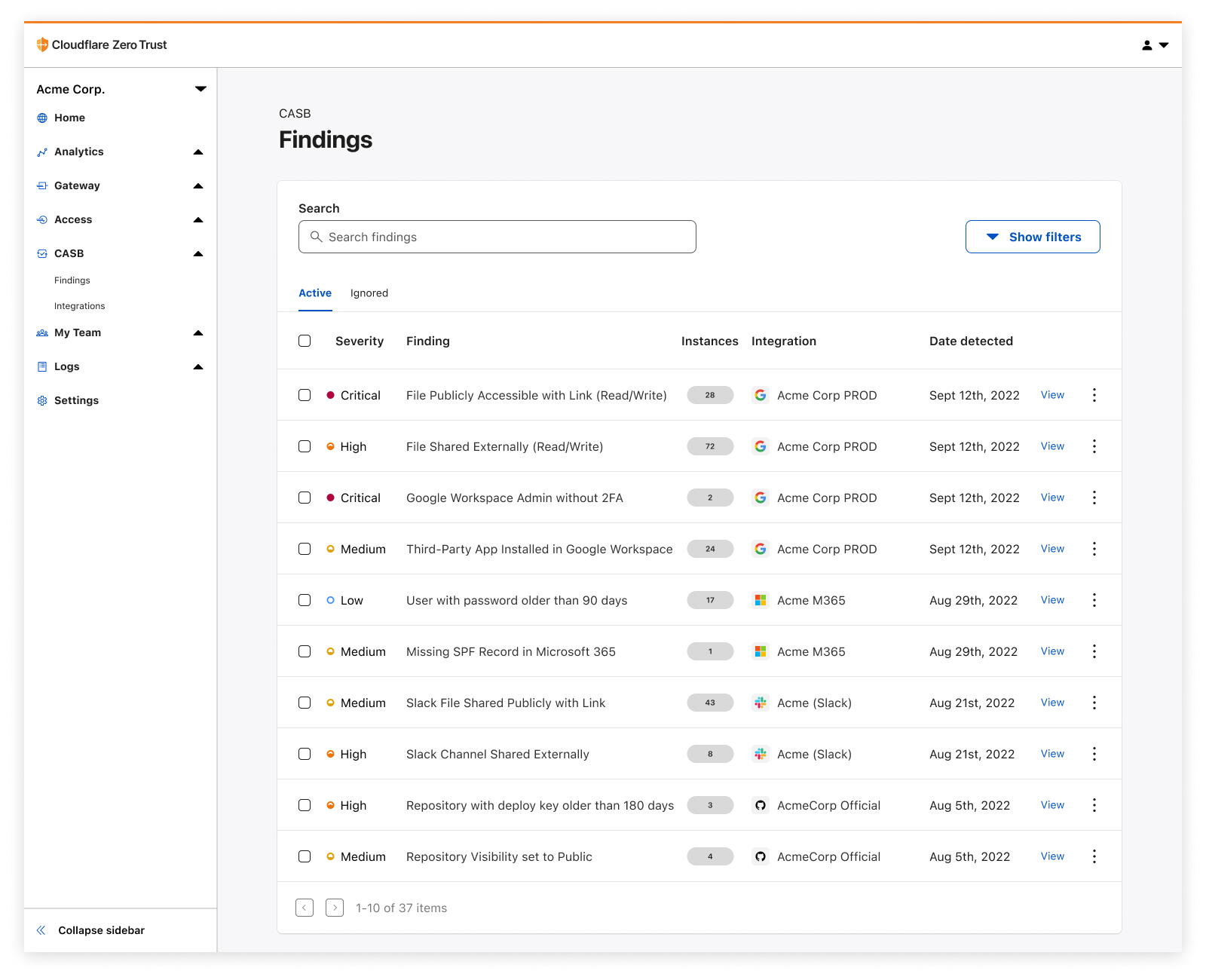Vulnerability management: 3 best practices and tips for image building and scanning
As enterprises adopt containers, microservices, and Kubernetes for cloud-native applications, vulnerability management is crucial to improve the security posture of containerized workloads throughout build, deploy, and runtime. Securing your build artifacts and deployment pipeline, especially when it comes to images, is extremely important. By following best practices for image building and scanning throughout the application development and deployment process, you can help ensure the security of the containers and workloads in your environment.
Let’s look at some of the nuances of choosing a base image, hardening your container image, and container image scanning, including tips on choosing an appropriate scanning solution and tackling privacy concerns.
Choose an appropriate base image
It’s important to choose a base image that reduces the attack surface of your container. I recommend using a distroless or scratch image because they contain only the application and its runtime dependencies. Both types of images improve your security posture by reducing the attack surface and exposure to vulnerabilities.
If for some reason you can’t use a distroless or scratch image, choose a minimal distro. Modern immutable Linux distributions, such as Bottlerocket and Flatcar Container Linux, can be used as base images for containers, as can minimal versions Continue reading











